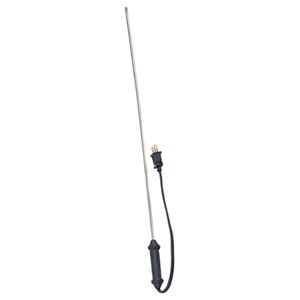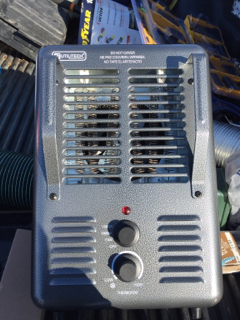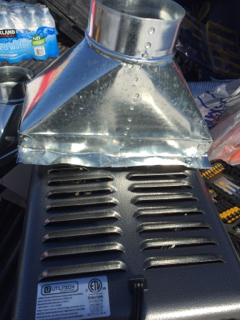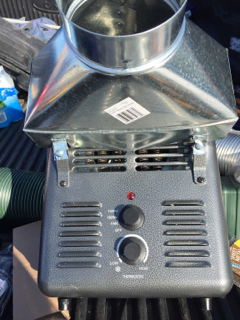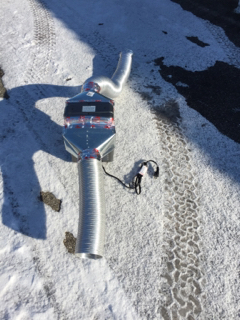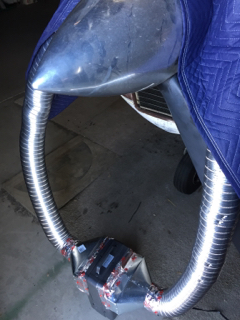iflyvfr
Pattern Altitude
Good point, but I have to think having both warm oil and the other would be the best of both worlds. That and maybe a way to keep the battery warmed up.Downside of the dipstick heater is the oil is not circulating, so there's not much heating of the block or cylinders. Multiweight oils are designed to be flowing at low temps. What you are looking for is a warm block and cylinders, not only warm oil.


